Friday, October 14, 2022
Welcome back buddies, to my Travel Friday’s B.R.E.A.T.H.S. blog where I share my traveling experiences from driving to National Parks from September 2020 to June 2022. This month of October on the 10th recognizes Indigenous People’s Day, so I have dedicated four Friday’s to discussing some of the Indigenous American National Parks I visited in the last couple years. Last week, I did a spotlight on Pipestone National Monument. This week, I am telling the story behind Whitman Mission National Historic Site. Ultimately, this event sent destructive ripples across our nation causing the desecration and gentrification of the Indigenous People’s sacred lands through a series of federal treaties and acts.
Reciprocity and Revenge to Regret and Reparation: The story of Whitman Mission National Historic Site
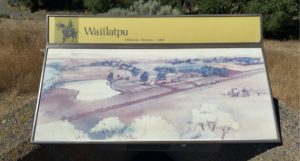
Waiilatpu
In an area of the Pacific Northwest once called Waiilatpu, now known as a city called Walla Walla, Washington, is the location of Whitman Mission National Historic Site. For centuries, this area has been the home to three Indigenous American tribes: Cayuse, Umatilla, and Walla Walla, where they lived in peace and reciprocity with Spirit, nature, and each other.
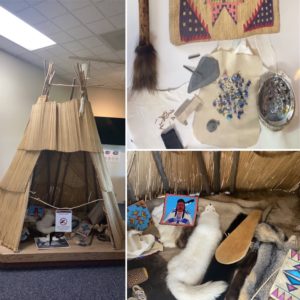
Arrival of Missionary Dr. Whitman
Their lives dramatically shifted in the 1830’s with the arrival of Christian missionaries, Dr. Whitman and his wife, Narcissa. Upon a warm welcome by the natives, the Whitmans were given land along the Walla Walla River to live amongst the Cayuse tribe. Despite the lack of communication between the settlers and the natives, they seemed to be getting along with trading goods, teaching, and passing on The Word of the Lord.
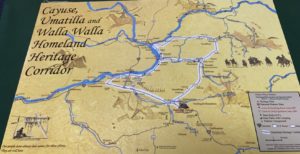
Westward Expansion
By the 1840’s, in the middle of the Westward Expansion, thousands of emigrants riddled with diseases like: smallpox, whooping cough, dysentery, influenza, and measles; were passing through and stopping in Waiilatpu for Dr. Whitman to help cure them before moving on. These diseases spread quickly, especially to the indigenous children, but the same medicine that worked for the settlers ended up killing the natives.
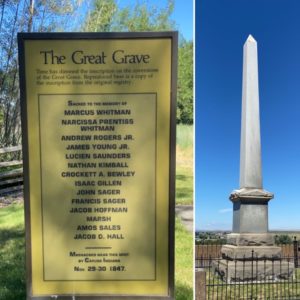
Miscommunication
Dr. Whitman believed he was preaching to heathens to save them. The Cayuse believed he was a medicine man poisoning them. The Whitmans were warned to leave by three tribes, and even friends tried to convince them to go, but they refused, which led to their deadly demise. On November 29, 1847, the Cayuse and Umatilla tribes attacked the village, taking people hostage, then killing 12 men, Dr. Whitman, and Narcissa.
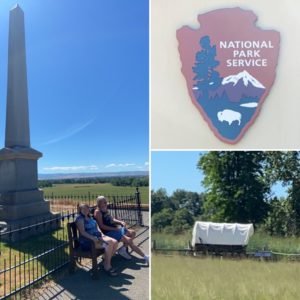
Revenge and Reparations
The attack on the Whitmans started an outrage across the nation, and sparked revenge from the cowboys onto the Indians. To exasperate matters, the federal government justified taking of the indigenous’ lands by setting up reservations, restricting movement, oppressing their people, and gentrifying everything around them. Neither side was right in the wrongs they committed. Therefore, it is important for the new generations to learn from these mistakes, and begin to make reparations that will hopefully facilitate changes which will allow the Indigenous American tribes to reclaim what was once theirs.
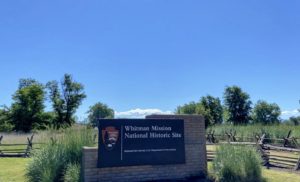
Conclusion
Thank you for reading and viewing about the Whitman Mission National Historic Site. Please come back next week to learn more about our Indigenous American history and culture. For more information on my B.R.E.A.T.H.S. blog, you can subscribe below to receive email love letters from yours truly. I feel like our ancestors were trying to tell us something, giving us a message to pass on to this generation, and so my journey begins to research about Indigenous Americans then relay the information back to you.

*All information found on the Whitman Mission National Historic Park were found visiting the site, walking the grounds, watching the site video, viewing/reading site exhibits, and referencing the NPS.gov website.
PS: My Motivation for a Two-year Tour of the United States
In March 2020, I completed my doctorate in education with a specialization in alternative education. Of my 45 years on this planet, I can count on one hand how many years I was not inside a classroom, and this gave me the motivation to find different ways we can learn outside the box. September 2020, was the beginning of my educational research tour of the National Parks Service to broaden my knowledge of the United states: geography (maps/atlas/gps), natural sciences (biology/geology/ecology), history (ancient/colonization/last decade), math skills (distance/time/money), culture, art, language, and so much more than I ever learned spending majority of my life inside institutionalized schools as a student, teacher, or professor.


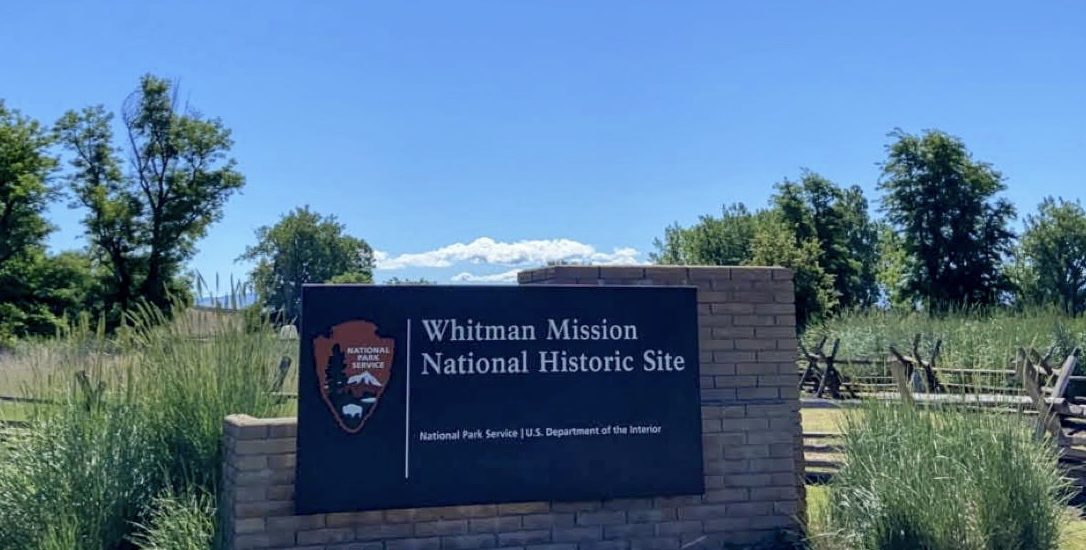
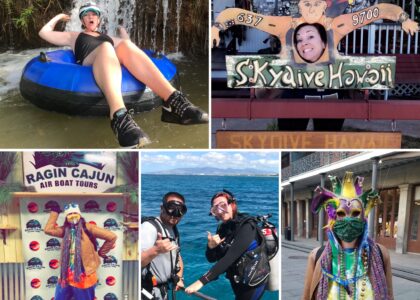
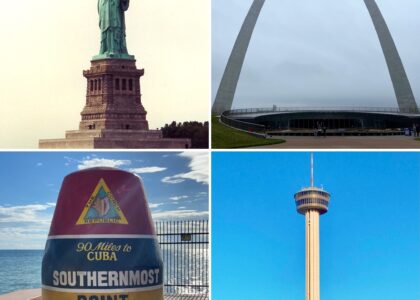
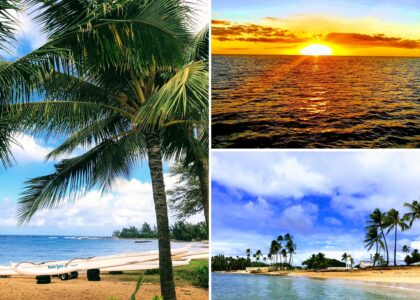
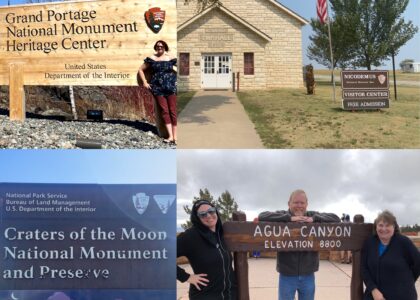
What an interesting National Parks blog and the information you shared about the Whitman Mission National Historic Park is very educational!
Did you set a goal to visit a national parks from September 2020 to June 2022? How many did you spend time in? My hiking club just started discussions of which national parks are “must hike” locations.
Hello Rachel, great questions. I started an educational nonprofit and I am researching National Parks to learn how to integrate them into different learning systems. My goal is to visit all 420+ parks to learn more about history, culture, arts, science, and geography of the United States. In two years, I visited about 120 parks. Most of my favorite hiking are in CA, but I might be a bit biased since I lived there almost two decades: Lassen, Pinnacles, Redwoods, and Yosemite. My other favorite hikes were at White Sands, Hawaii Volcano, Arches, Glacier, Olympic, Zion, and Rainier (my ultimate favorite with all the swinging bridges and glaciers). Best of luck on your hiking adventures! Sending love, Jaime